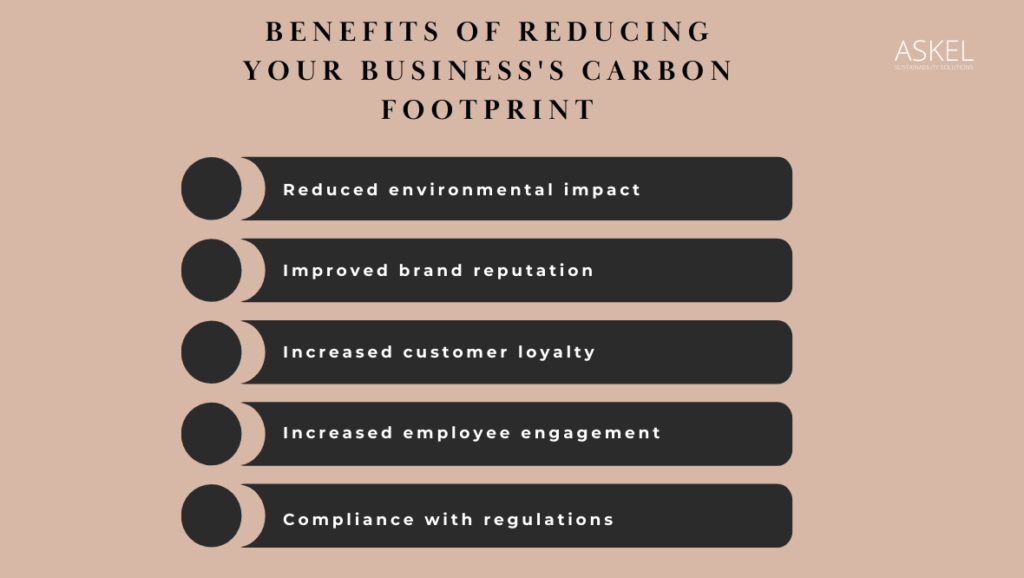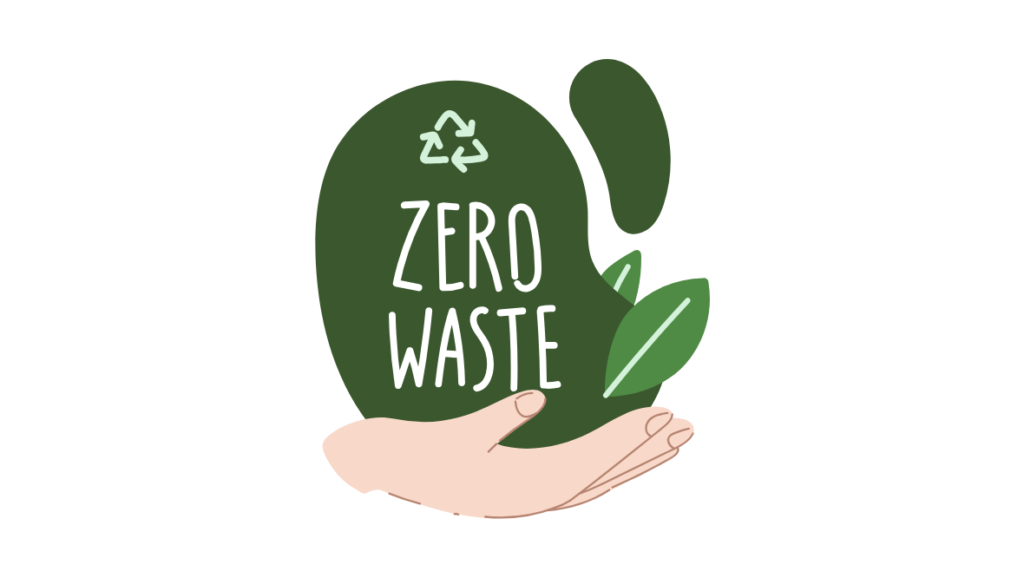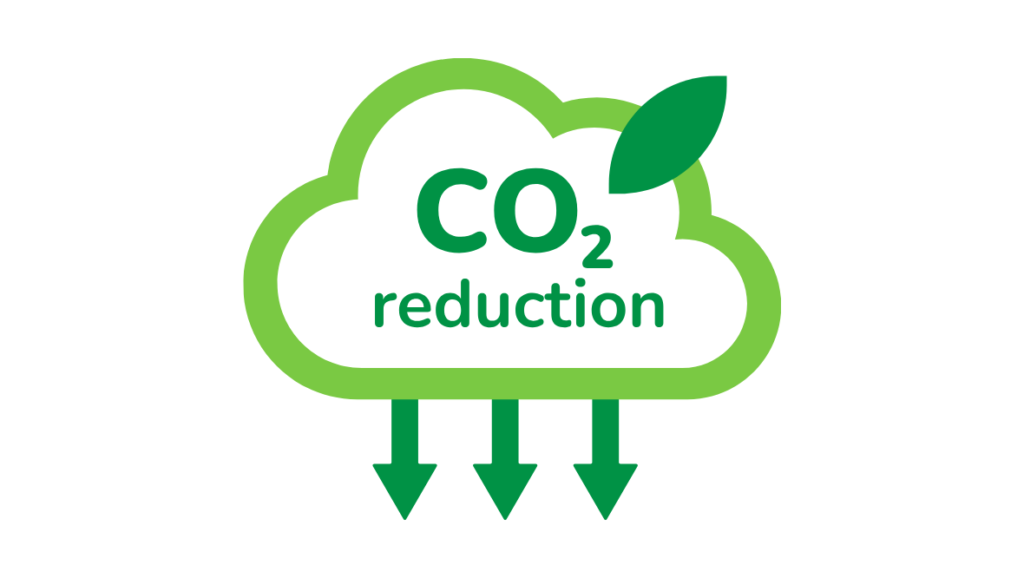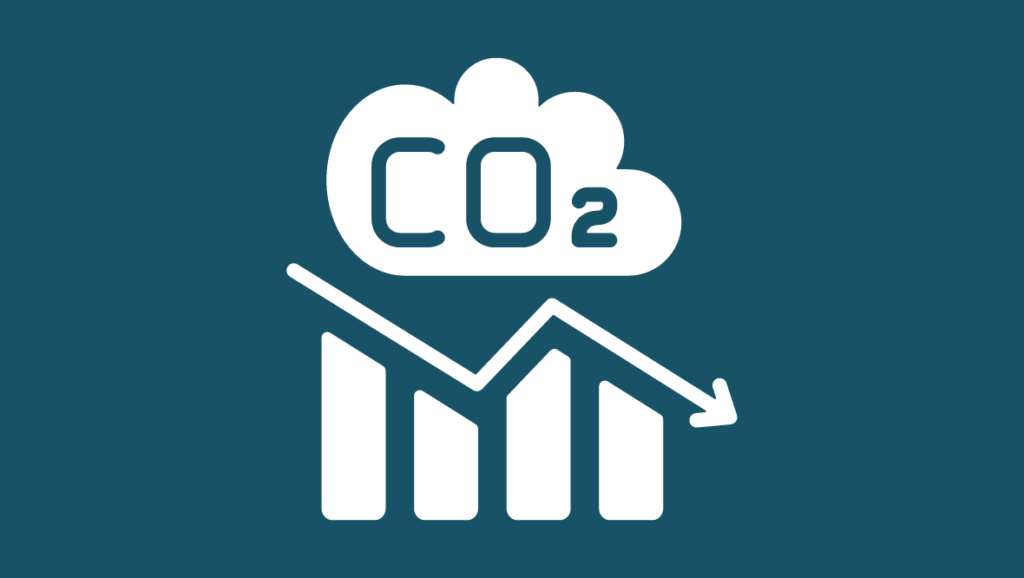7 Ways to Slash Your Business’s Carbon Footprint

7 ways businesses can slash their carbon footprint, from renewable energy and waste reduction to sustainable procurement.
Amidst the ongoing climate crisis, businesses have a critical role to play in reducing their carbon footprint and mitigating the effects of climate change. There are many ways that businesses can slash their carbon footprint, from switching to renewable energy to waste reduction and other sustainability measures.
In this article, we will discuss 7 ways that businesses can slash their carbon footprint. These steps are simple, practical, and can be implemented by businesses of all sizes.
By taking these steps, businesses can play a leading role in the fight against climate change and build a more sustainable future for all. Some real-world examples of how businesses are slashing their carbon footprint include:
- IKEA: IKEA has committed to becoming climate-positive by 2030. This means that the company will reduce its own greenhouse gas emissions by more than 50% and offset the remaining emissions through investments in renewable energy and other carbon-reducing projects.
- Unilever: Unilever has committed to halving its greenhouse gas emissions from its products and operations by 2030. The company is also working to make all of its products carbon neutral by 2039.
- Microsoft: Microsoft has committed to being carbon negative by 2030. In 2021, Microsoft removed 1.3 million metric tons of carbon dioxide from the atmosphere.
These are just a few examples of how businesses are taking action to reduce their carbon footprint. There are many other ways businesses can slash their carbon footprint, and the benefits of doing so are numerous.

1. Measure GHG Emissions
The first step to reducing your business’s carbon footprint is to measure its GHG emissions. This will give you a factual understanding of the current standing as well as a baseline to track your progress over time and to identify areas where you can make the biggest impact.
There are a number of ways to measure your business’s GHG emissions. One common approach is to use a greenhouse gas emissions calculator. These calculators can be found online and can be used to estimate your emissions from a variety of sources, such as energy consumption, transportation, and waste. Some credible calculation tools include:
- U.S. Environmental Protection Agency (EPA) – Simplified GHG Emissions Calculator
- European Commission – GHG Calculator
- United Nations (UN) – Greenhouse Gas Emissions Calculator
- GHG Protocol – Calculation Tools and Guidance
Another way to measure your GHG emissions is to do it through a third party. This adds another layer of credibility and accuracy to the results of the emissions data. Once you have measured your GHG emissions, you can start to identify areas where you can reduce your emissions.

2. Switch to renewable energy
One of the most effective ways to reduce your business’s carbon footprint is to switch to renewable energy sources. Renewable energy sources, such as solar power, wind power, and geothermal power, are clean and sustainable, and they can help businesses to reduce their GHG emissions.
There are a number of ways that businesses can switch to renewable energy. One option is to install renewable energy generation systems on their own premises. This can be a significant investment, but it can pay off in the long run by reducing energy costs.
Another option is to purchase renewable energy from a utility company. Many utility companies now offer renewable energy options, such as community solar programs and green energy plans.
Finally, businesses can offset their carbon emissions by purchasing renewable energy credits (RECs). RECs are certificates that represent the environmental benefits of generating renewable energy. By purchasing RECs, businesses can support the development of renewable energy projects and offset their own emissions.

3. Implement energy efficiency measures
Another effective way to reduce your business’s carbon footprint is to implement energy efficiency measures. Energy efficiency measures are things that you can do to reduce the amount of energy that your business consumes. There are a number of different energy efficiency measures that businesses can implement, such as:
- Lighting upgrades: Lighting is a major source of energy consumption in many businesses. By upgrading to energy-efficient lighting, businesses can significantly reduce their energy consumption and costs.
- Appliance upgrades: Energy-efficient appliances can also help businesses to reduce their energy consumption. When replacing appliances, businesses should look for appliances that have the Energy Star label.
- Insulation: Insulation can help to keep buildings cool in the summer and warm in the winter, which can reduce energy consumption. Businesses can add insulation to their roofs, walls, and floors to improve energy efficiency.
- Weather-stripping and caulking: Weather-stripping and caulking can help to seal air leaks around windows and doors. This can reduce energy consumption and make buildings more comfortable.
- Programmable thermostats: Programmable thermostats can be used to automatically adjust the temperature of a building based on the time of day and the occupancy of the building. This can help to reduce energy consumption and costs.

4. Reduce waste
Waste reduction is the process of preventing waste from being generated in the first place. This can be done by changing the way that products and services are designed, manufactured, used, and disposed of. There are a number of ways that businesses can reduce waste. Some common methods include:
- Source reduction: Source reduction is the process of reducing the amount of waste generated at the source. This can be done by using less material, designing products for durability and reuse, and avoiding the use of disposable products.
- Recycling: Recycling is the process of converting waste materials into new materials and objects. This can reduce the amount of waste that goes to landfills and incinerators.
- Repair and reuse products and materials: Businesses can repair and reuse products and materials instead of replacing them whenever possible. This helps to reduce waste and save costs.
Waste forms a large part of a business’ emissions. However, particularly for SMEs and businesses starting out on their emissions reduction journey, even small changes, such as changing to a more sustainable waste disposal provider or proper segregation of waste in-house can have an immediate impact on waste emissions data.

5. Encourage green commuting
Green commuting is the practice of traveling to and from work in a way that minimizes environmental impact. There are a number of ways that businesses can encourage their employees to commute in a more sustainable way, such as:
- Provide financial incentives for green commuting: Businesses can offer their employees financial incentives, such as reimbursements or tax-free benefits, for commuting by public transportation, biking, walking, or carpooling.
- Build bike-friendly infrastructure: Businesses can build bike lanes, bike racks, and showers to make it easier for employees to bike to work.
- Provide subsidized public transportation passes: Businesses can provide subsidized public transportation passes to their employees to make it more affordable to commute by public transportation.
- Offer telecommuting options: Businesses can offer telecommuting options such as work from home to their employees to reduce the need for employees to travel to and from work.
An example of this is Google. Google employees earn points each time they commute to work using a sustainable method of transportation, such as biking, walking, skateboarding, or kayaking. These points are then converted into a dollar amount that is donated to the employee’s chosen charity, with a donation of $100 being made for every 20 days of participation.

6. Implement sustainable procurement practices
Sustainable procurement is the process of buying goods and services in a way that minimizes environmental and social impacts. Businesses can implement sustainable procurement practices by considering the environmental and social impacts of the products and services they purchase, and by choosing suppliers who are committed to sustainability.
There are a number of ways that businesses can implement sustainable procurement practices, including:
- Develop a sustainable procurement policy: A sustainable procurement policy should outline the company’s commitment to sustainability and its goals for reducing the environmental and social impacts of its procurement activities.
- Identify and assess the environmental and social impacts of the products and services: This can be done by conducting a life cycle assessment of the products and services, or by using a third-party certification program.
- Choose suppliers who are committed to sustainability: This can be done by asking suppliers about their environmental and social policies and practices, and by visiting their facilities to see firsthand how they operate.
- Negotiate contracts with suppliers that include sustainability requirements: This will help to ensure that the company’s suppliers are meeting the company’s sustainability standards.

7. Incorporate a Long-term Emissions Reduction Strategy
A long-term emissions reduction strategy is a plan for reducing greenhouse gas emissions over a long period of time. Having such a strategy helps businesses to set ambitious goals for emissions reduction and to identify the steps that need to be taken to achieve those goals.
Such a strategy should be developed using a standards-based (such as GHG Protocol Emissions Calculation Standards) approach and should take into account the specific circumstances of the business. It should also be regularly reviewed and updated to ensure that they are still aligned with the latest standard updates data requirements and with the business’s evolving goals.
There are a number of key elements that should be included in a long-term emissions reduction strategy, such as:
- A baseline assessment of the business’s current greenhouse gas emissions.
- An analysis of the business’s key emissions sources.
- A set of long-term emissions reduction goals.
- A plan for achieving the long-term emissions reduction goals.
- A monitoring and reporting framework for tracking progress towards the long-term emissions reduction goals.
By incorporating a long-term emissions reduction strategy, businesses can set a clear path to achieving consistent emissions reduction and play their part in building a more sustainable future.


